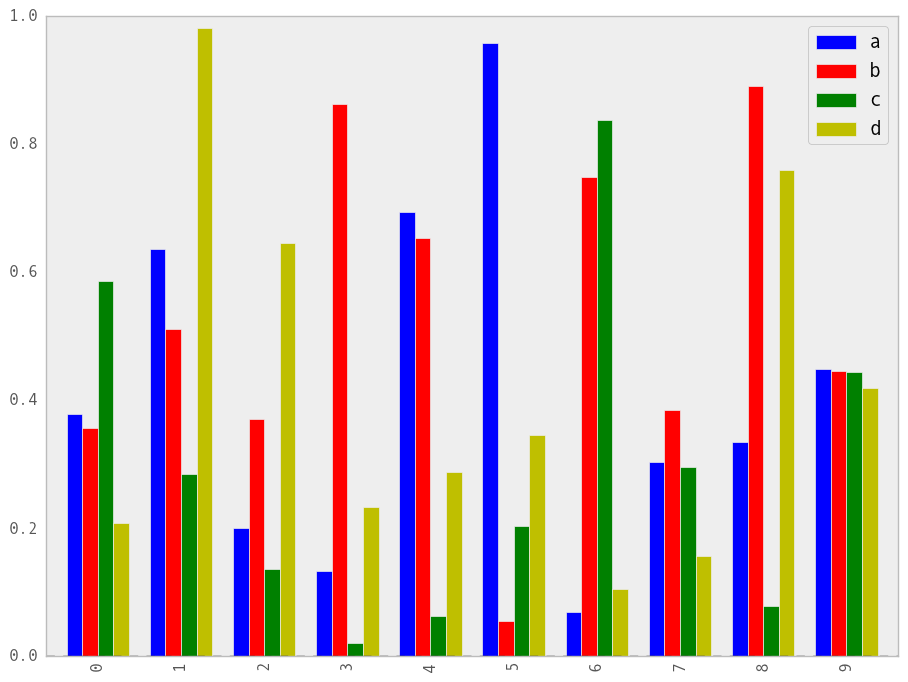
- Datathief to digitize mac os#
- Datathief to digitize software#
- Datathief to digitize series#
- Datathief to digitize free#
Datathief to digitize software#
My first experiences are good: the software is easy to use, includes a nice magnification UI, and automatic curve detection works fine if the graph is “clean”.Īnd here's a list of other possible software from this answer on Cross Validated (link thanks to and Engauge Digitizer (free software, GPL license) auto point / line recognition. The later is something I had not thought about, but might actually be useful for some teaching needs (analysis of motion from a video).
Datathief to digitize mac os#
Of course, if given the choice, I'd prefer open source software running on Linux and Mac OS.Ī colleague suggested I use GraphClick, a Mac OS software that includes (according to its website):
Datathief to digitize free#
I don't think it'd be appropriate to have extra requirements on the software, so I'm happy with free or commercial solutions, running on any OS. Is that even something that exists? What other tools can you recommend to work around this issue? Thus, I am looking for a data extraction software that could recognize individual points automagically, and possibly filter them by point color or symbol used. I currently use g3data to do that, but for large scatter plots having to click on every single point is tedious. Sometime, it's not even possible (I can hardly email the author of a 1936 paper!). Some authors never reply, or ask questions like “what do you want to do with it?”. Most will do it, sometimes in nice ASCII format, sometimes in Excel files, sometimes in formats that I cannot open (chemists are fond of software like Origin or Igor Pro).

One option is to ask the contact author for raw data. For example, a scatter plot from which I would like to get a list of individual ( x, y) coordinates for the points. (Figure courtesy Du et al.There are many times when I am faced with the task of extracting data from a published graph (usually a bitmap image in an paper). See the examples folder for more information. A browser plugin is also there to quickly upload the image ad digitize it without opening. It supports XY, ternary diagrams, polar maps, all that in multiple image formats, including jpg, png, tiff, PSD, etc.

On this input (NB, you might need to zoom in to see the individual pixels): Automeris WebPlotDigitizer is an open-source web-based tool that you can use to extract data and points from plots, images, and graphs. datathief ( filename, xlim = xlim, ylim = ylim ) It will warn you if too many or too few pixels are detected.įor example, running this code: import datathief as dt filename = 'du_fig1a_annotated.png' xlim = ylim = data = dt. This function will then return the x and y coordinates of each data point. Automatically Extract data from vertical bar graphs Autotrace curves from XY graphs Extract data from polar plots easily Extract data from pie diagrams manually (Digitize graph) Extract from ternary diagrams Export the extracted data to various formats: CSV, MS Excel, MatLab, Python Auto-extract data from histograms Date/time picker for axis scale is available in PlotDigitizer Pro. UNSCANIT digitizer software works with most image formats (JPG, TIFF, GIF, BMP, PNG, etc.) from any scanner, digital camera, or other image source to digitize plots, strip charts, instrumental output, old graphs, published. Then one pixel for each data point you wish to extract (default color: pure green). The UNSCANIT Graph Digitizer software converts graph images to their underlying (x,y) data automatically. Do the same for the y-axis (default color: pure red). To use this tool, first annotate the plot by adding a single pixel at the start and end of the x-axis in a specified color that does not exist anywhere else in the image (default color: pure blue). If you want to extract a lot of data, or extract data from a continuous line, you are better off using the original Java DataThief package, or one of the many online tools that do exactly this. However, it might be annoying for a large amount of data. If getting a 'not enough memory error' or 'can draw world error', exit DataThief, highlight the datathief ICON do 'File, Get Info' and increase the Preferred size of memory. This makes it more transparent how the data are being read and makes the results more reproducible. Convert a hardcopy graph or plot (data points of a curve) into data. Unlike the Java DataThief package and similar online tools, here the user manually annotates the figure with the data points of their choosing.
Datathief to digitize series#
2 The result is the representation of an object, image, sound, document, or signal (usually an analog signal) obtained by generating a series of numbers that describe a discrete set of points or samples. Inspired by the Java package of the same name. Digitization 1 is the process of converting information into a digital (i.e. Small utility for retrieving data from figures.


 0 kommentar(er)
0 kommentar(er)
